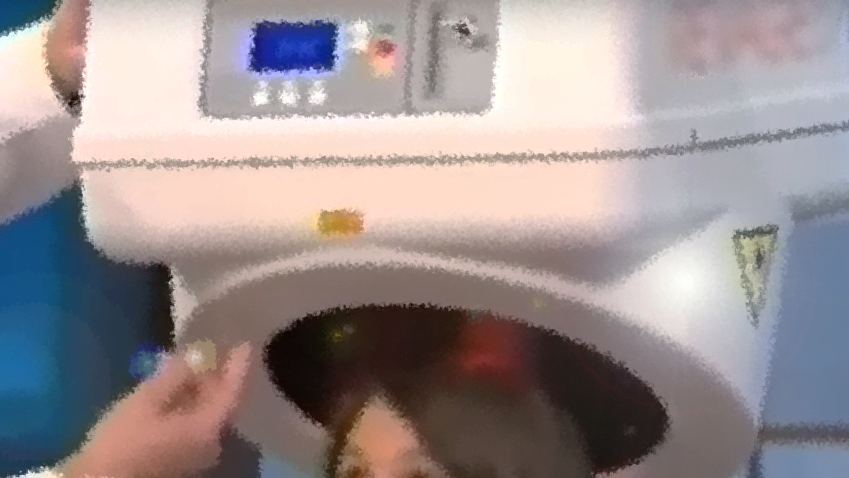Lost or thinning hair can be a major source of frustration, affecting a person’s confidence and comfort. That’s why many people choose to do something about it.
The market is full of hair preservation and restorative treatments, each differing from the rest in terms of potential effectiveness, cost, convenience, comfort and more. How does LLLT fit in?
LLLT: A Unique Treatment
It’s a challenge to find just the right hair preservation or restorative treatment – but some people may benefit from a “high-tech” entry known as Low-Level Laser (Light) Therapy (LLLT).
This non-surgical option can help strengthen existing hair follicles. The result is a thicker, fuller-looking head of hair. And, it’s a promising treatment for women who previously had few options.
How Does LLLT Work?
People wanting to try LLLT visit a recognized hair treatment and replacement facility. Patients sit under a device that radiates low level laser light onto their scalp.
Each session of LLLT lasts approximately 20 to 30 minutes. The procedure is comfortable enough to read, watch television or use electronic devices.
If desired or recommended, patients have the option of wearing a “laser hat” or using a laser wand at home, several times per week. They return to the center for stronger treatment.
When the light energy hits the scalp, it stimulates cellular metabolism, and blood circulation in the hair follicles, resulting in a thickening effect.
Patients sometimes receive LLLT as an adjunct to a surgical hair restoration procedures such as Follicular Unit Extraction or Follicular Unit Transplantation. LLLT can aid in the healing process after these surgeries and also accelerate the rate of growth for newly transplanted hair follicles.
Pros and Cons of LLLT
On the “pro” side, LLLT received approval from the Food and Drug Administration for treatment of male hair loss in 2007, and female hair loss in 2011, so it’s been around for awhile now.
Men and women can safely undergo sessions while taking prescription medication for hair loss. For some patients, it is a convenient and pain-free way to stop the progression of hair loss and stimulate the hair cells to continue growing.
On the “con” side, to date, there have been no definitive studies proving the long-term effectiveness of LLLT.
In addition, this treatment is likely not appropriate for those who are wholly or significantly bald, since there is no proof that LLLT stimulates growth of new follicles, and is mainly used to enhance existing ones..
Finally, LLLT requires a commitment to regular treatment – it’s not just a one-time thing. So patients need to be patient, and have the discipline to stay at it, and incorporate treatments into their routine.
This “Drs” TV show is a great piece to get familiar with LLLT. Watch for the amazingly emotional patient. (Will she ever stop crying?)
Your choice…
If you’re interested in pursuing LLLT, your first step is to schedule a consultation with a hair restoration clinic in your area. They can help you determine whether LLLT is right for you, or if it can be administered as an add-on to surgical hair replacement or other treatment.
If enhancing thinning hair is your goal, LLLT is definitely something to consider.

